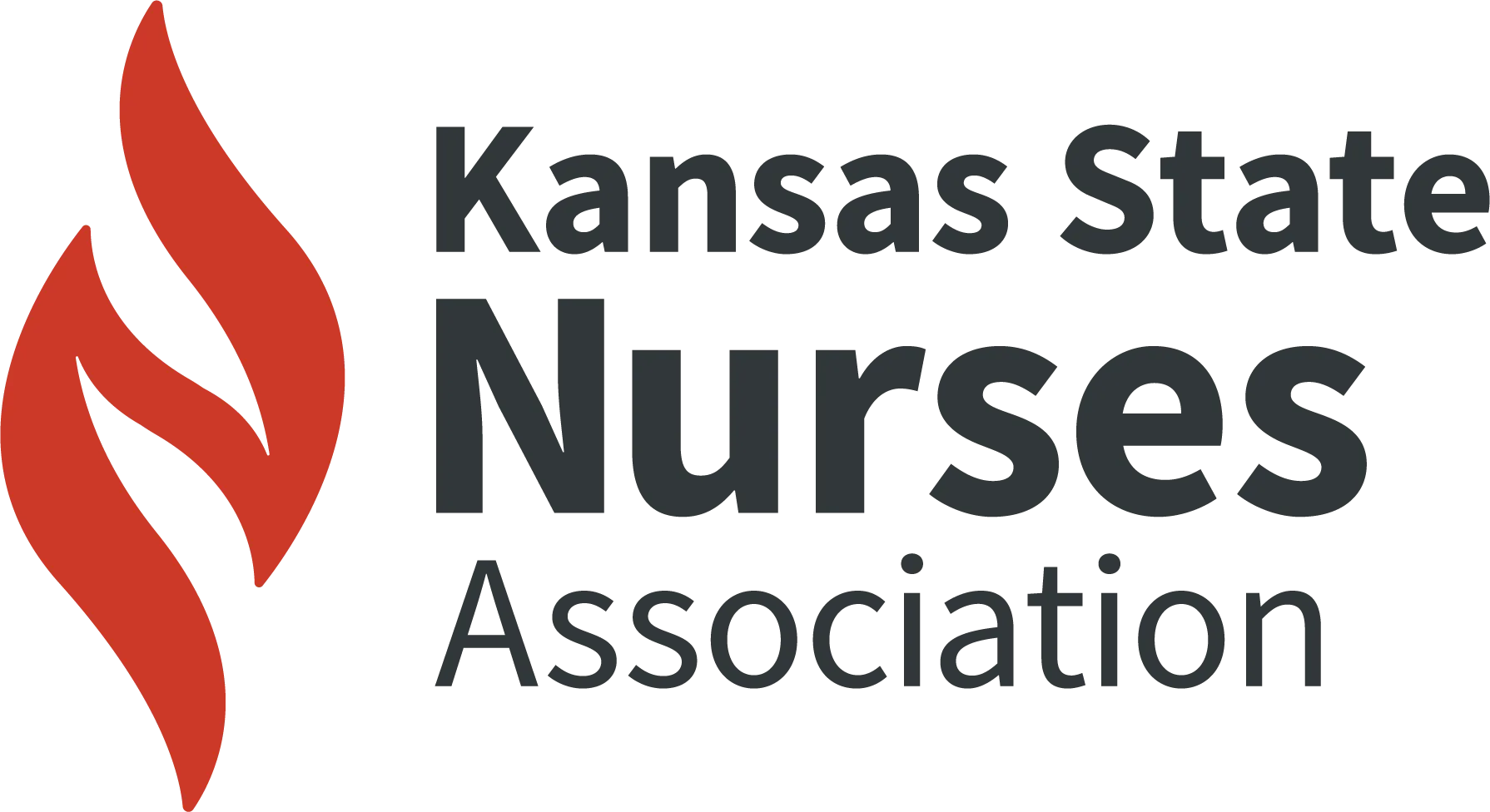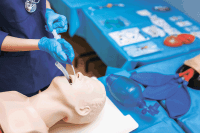WHEN CONSIDERING FAMILY well-being and pregnancy risks, the March of Dimes notes “Where you live matters.” Disparities in maternal and neonatal outcomes have plagued this country for years. Kansas is no exception as these disparities and inequities have continued. Infant and maternal mortality as well as preterm birth rates are a few of the important factors that reflect health care disparities. Steps have been taken by Kansas health care leaders to help improve outcomes for moms and babies (KDHE, 2024).
An essential statistic when discussing the health of a country or a state is the infant mortality rate or the number of deaths of infants per 1000 live births per year. The infant mortality rates have significantly improved over the past decades across all racial and ethnic groups. However, the infant mortality rate in the white, non-Hispanic population has improved at a faster rate than in other racial and ethnic populations which has actually increased some disparities (Singh & Yu, 2019). The disparities are evident among Kansas mothers and infants. According to the National Center for Health Statistics from 2019 to 2021 the infant mortality rates in Kansas were 5.2 in the white population, 5.3 among Asian/Pacific Islanders, 5.6 among Hispanics, and 10.8 among the Black population (March of Dimes, 2023).
Although birth defects are the most common cause of infant death during that first year of life, preterm birth is also a contributing factor. As reported in the March of Dimes 2023 Report Card, the preterm birth rate in Kansas in 2022 was 10.5 percent while the US rate was 10.4 percent. A concerning issue is that the 2022 rate in Kansas was higher than the 2021 rate of 9.8 percent. Disparities in preterm birth percentages have been reported with 8.8 in American Indians / Alaskan Natives, 9.6 in the white population, 10.2 for Hispanics, and 11.3 for those of Asian ethnicity. The preterm birth rate for the Black population was 14.1 (March of Dimes, 2023).
Maternal, as well as infant, outcomes need to be addressed. In April 2024, a news release posted by the University of Kansas Medical Center noted that maternal mortality in the United States is higher than in other countries classified as higher-income. It is significant that the maternal mortality rate was reported to be 2.6 times higher for black mothers as compared to white mothers. Throughout the United States mental health related conditions are now the leading cause of maternal death. The KU news release noted that much of the care focus has been on medical issues including hypertension, preeclampsia, and hemorrhage although mental health is the leading cause of maternal mortality. According to The State of Babies Yearbook, the percentages of Kansas mothers reporting less that optimal mental health in 2021, 2022, and 2023 were 26.5, 27.9. and 28.2, respectively. In comparison, the national percentage rates were 20.3, 21.9, and 22.5 during those same time frames (State of Babies Yearbook, 2023).
To improve maternal and neonatal outcomes, accessibility to quality care for pregnancy, labor, and birth is essential. According to the March of Dimes, the U.S. Health Resources and Services Administration and the National Center for Health Statistics, 45.7 percent of the counties in Kansas are designated as maternity care deserts. That percentage is higher than the 36.2 percent of counties identified as maternity care deserts throughout the United States. Maternity Desert counties do not have any hospitals or care centers that provide birth or obstetrical care (Fontenot et al., 2023).
As an RN working at a rural-based hospital forty years ago, I had the privilege of helping that hospital meet the criteria for a Level II designation for perinatal care. The Perinatal Association of Kansas which consisted of neonatologists, perinatologists, obstetricians, nurses, social workers, and representatives from the Kansas Department of Health and Environment was instrumental in assessing quality of the maternal newborn care in Kansas at that time. Being blessed with an insightful, progressive Director of Nursing and talented, caring, patient-focused pediatricians, obstetricians, and family physicians that Level II rural maternal newborn birth center provided care to approximately 500 birthing women per year. That hospital that served a community of 8000 as well as the surrounding rural region closed five years ago reflecting the challenges faced by childbearing families in the past decades.
Research reported by Fontenot (2023) has shown that the distance pregnant women must travel contributes to cost, stress, maternal and infant morbidity, and NICU admissions. The 20 percent of Kansas mothers with the longest travel distance are traveling approximately 60 miles to the closest hospital for birth services. Among the birthing women living in rural areas, 25.4 percent must travel over 30 minutes. Of those in urban areas only 4.7 percent live over 30 minutes from a birth hospital (Fontenot et al., 2023).
There are many efforts in place to address the care for pregnant women and infants in Kansas. The Kansas Perinatal Quality Collaborative (KPQC) consists of healthcare leaders and professionals as well as leaders in Kansas public health. As stated on the Kansas Department of Health and Environment website (2024), the mission of the KPQC is “to improve Kansas’ maternal and infant health outcomes by assuring quality perinatal care, using data driven, evidence-based practice and quality improvement processes.” The KPQC is working to improve outcomes in conjunction with the Kansas Department of Health and Environment, the Maternal Morbidity Review Committee, medical centers, health departments, and other organizations (KDHE, 2024). The University of Kansas held educational webinars on Maternal Health in Rural Kansas during June 2024 reaching providers throughout the state..
Maternal and infant care and outcomes are complex with many, many more contributing factors than are discussed here. Housing, education, food insecurity, Medicaid access, insurance coverage, doula availability, lactation consultants, and accessibility to culturally respectful providers are just a few of the many factors. Advocates for maternal and newborn care in Kansas through agencies such as KDHE, the March of Dimes, and the University of Kansas are striving to address factors that will improve access to quality care and outcomes in our state. These health care leaders and the many providers caring for mothers, babies, and families are working to help make Kansas a safe, promising place to be born and raised. They deserve our thanks.
References
Fontenot, J., Lucas, R., Stoneburner, A., Brigance, C., Hubbard, K., Jones, E., & Mishkin, K. (2023). Where you live matters: Maternity care deserts and the crisis of access and equity in Kansas. March of Dimes.
KDHE. (2024). Kansas Perinatal Quality Collaborative, Bureau of Family Health. https://kansaspqc.org/about-us/
March of Dimes Report Card for Kansas. (2023). National Center for Health Statistics, final natality data. Retrieved June 15, 2024, from www.marchofdimes.org/peristats. https://www.marchofdimes.org/peristats/reports/kansas/report-card
Singh, G. K., & Yu, S. M. (2019). Infant mortality in the United States, 1915-2017: Large social inequalities have persisted for over a century. International Journal of MCH and AIDS, 8(1), 19–31. https://doi.org/10.21106/ijma.271
State of Babies Yearbook, (2023) The state of Kansas’s babies. Zero to Three. Retrieved June 10, 2024. https://stateofbabies.org/state/kansas/
University of Kansas Medical Center: Mental health conditions leading cause of maternal mortality. (2024, April 19). Contify Life Science News, NA. https://link-gale-com.pittstate.idm.oclc.org/apps/doc/A790841648/GBIB?u=psu_main&sid=summon&xid=417492ef

























